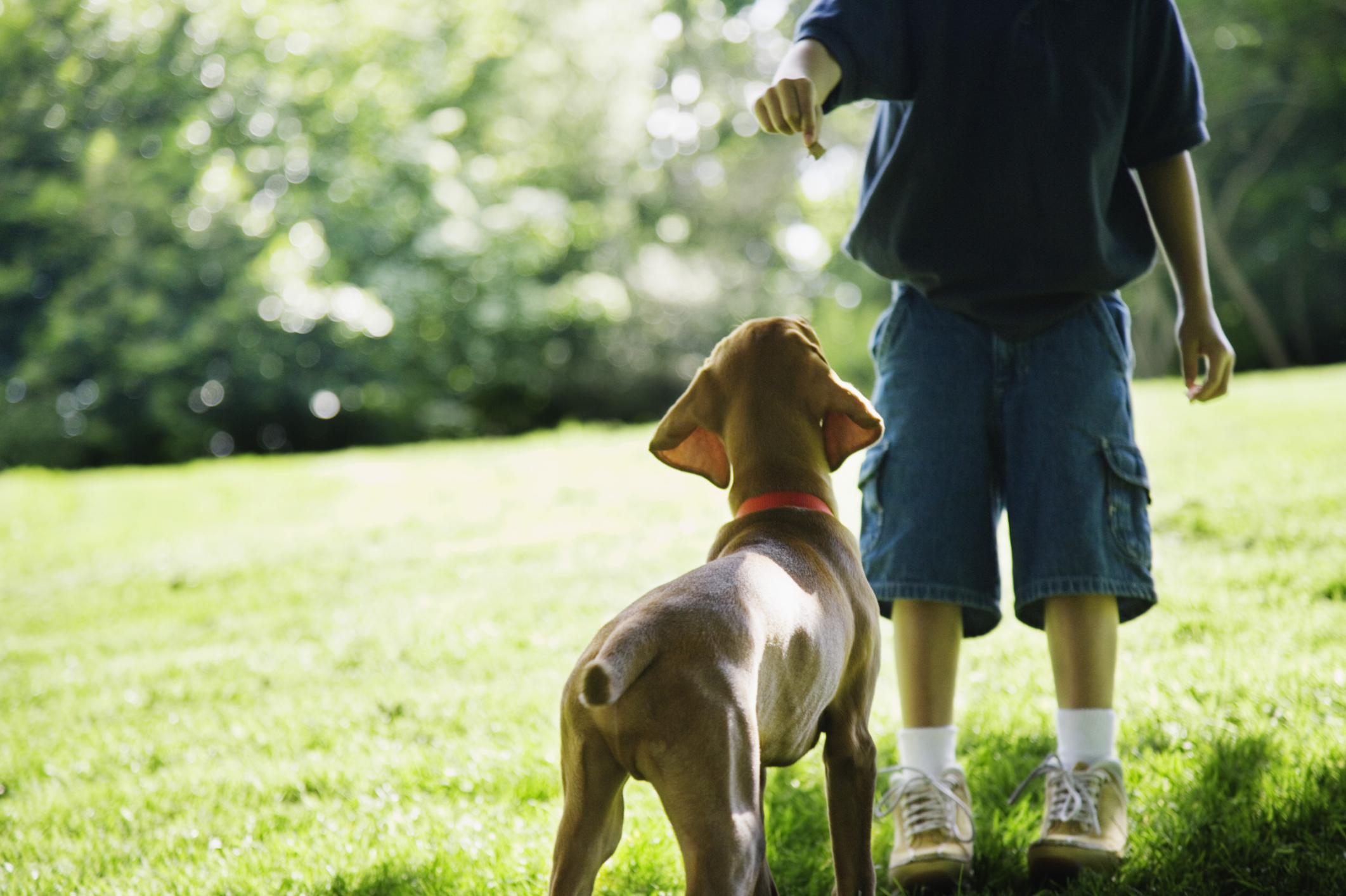
A well-trained dog is a happy dog, and a happy dog means a happy family. If you just got a dog and want to get off on the right foot and paw, consider the following top 10 tips from Sears Imported Autos for training your dog. Keep in mind that if you have your dog neutered or spayed the end result will be a calmer, easier-to-train dog.
1. Determine your dog’s boundaries
Before you bring home your new dog, determine his boundaries. Have a plan early on and you will avoid confusing him with inconsistencies that will hamper training.
2. Give your dog private space
All pets should have a space that’s all their own, whether it’s a corner or a cage for sleeping. If you have a puppy, allow him access to his private space throughout the day where he can feel safe.
3. Use positive reinforcement
Dogs, like people, learn faster and retain what they learn easier using positive reinforcement. Your goal is to have a well-behaved dog, not one that’s afraid of you because you tried to force good behavior through negative punishment.
4. Be realistic in expectations
Normal dog behaviors like jumping and barking will take longer to change than teaching your dog to come when called. Have a realistic goal for re-training any bad habits, and own that you helped cause the problem. The good news is that it’s never too late to train your dog.
5. Consistency pays off
You may be willing to train your dog the right way, but if your family members aren’t on the same page and willing to be consistent to proper training techniques, then your dog will be confused. Your pet can only process one command at a time and conflicting commands will sabotage your training.
6. Train throughout the day
Create a natural learning environment throughout the day that allows more time to reinforce each lesson. There’s nothing wrong with using treats as a reward for obedience if your dog understands that it’s his behavior that produced the treat.
7. Learn to read your dog’s face and body
Look into the eyes of your dog and learn to read the expressions on his face. His body language is another communication indicator. A relaxed body and an open mouth equal a happy dog. When he presents the opposite body language, he’s concerned about something or is confused.
8. Keep verbal language to a minimum
Commands to gain obedience should be brief and conversation with your dog at a minimum. Remember, dogs don’t speak English, and he can’t read your mind when you try to discipline him. While voice commands have a place in training, one of the best tips when teaching your dog discipline is to mimic his use of body language.
9. Control your dog’s freedom
A common error many new dog owners make is not limiting his freedom. Too much freedom too soon equals housetraining accidents and inappropriate chewing. Don’t hesitate to close doors in rooms you want to protect and use dog gates to section off other areas. Let your dog earn his unsupervised freedom.
10. Understand the power of love
Dogs know when you’re unhappy with them, but are you just as generous with your affection? Show your love and affection whenever he exhibits good behavior. Let praise reflect in the tone of your voice and your smiling face.

